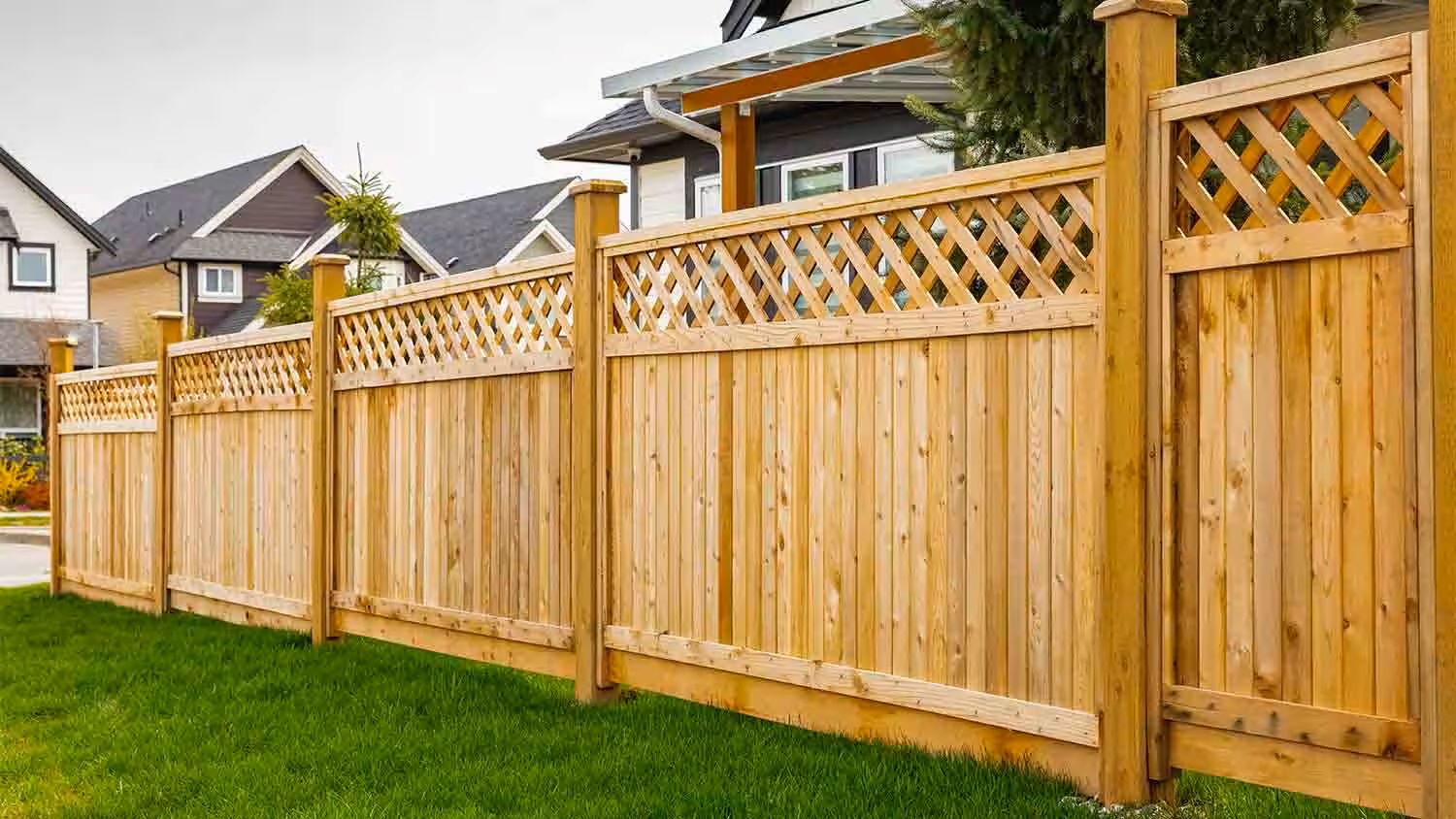

Articles
How Much Are Wood Fence Panels
Modified: January 6, 2024
Discover the articles on wood fence panels and find out how much they cost. Transform your outdoor space with stylish and affordable fencing options.
(Many of the links in this article redirect to a specific reviewed product. Your purchase of these products through affiliate links helps to generate commission for Storables.com, at no extra cost. Learn more)
Introduction
When it comes to enhancing the privacy and security of your property, installing a wood fence can be an excellent option. Wood fence panels are a popular choice among homeowners due to their timeless appeal and versatility. Not only do they provide an aesthetic touch to your outdoor space, but they also offer practical benefits such as defining boundaries, reducing noise, and keeping unwanted guests out.
However, before jumping into the installation project, it’s crucial to understand the factors that can affect the cost of wood fence panels. Several variables, such as the type of wood used, the size of the panels, and the complexity of the design, can impact the overall price. By taking these factors into account, you can make an informed decision that aligns with your budget and aesthetic preferences.
In this article, we will explore the factors that influence the cost of wood fence panels, the types of wood commonly used, the average prices you can expect, and the essential considerations before making a purchase. Additionally, we will delve into the benefits of installing wood fence panels and provide you with maintenance tips to ensure the longevity of your investment.
Whether you’re a homeowner looking to enhance your property’s curb appeal or a business owner seeking to secure your premises, this article will serve as your guide to understanding wood fence panels and making an informed decision.
Key Takeaways:
- Choosing the right wood type, considering panel size, and understanding installation complexity are crucial factors when estimating the cost of wood fence panels. Prioritize quality and longevity for a worthwhile investment.
- Wood fence panels offer privacy, security, and aesthetic appeal. Regular maintenance, such as cleaning, inspecting for damage, and applying protective finishes, is essential for ensuring their longevity and beauty.
Read more: How Long Are Fence Panels
Factors Affecting the Cost of Wood Fence Panels
When determining the cost of wood fence panels, several factors come into play. Understanding these factors will help you estimate your budget more accurately and make an informed decision. Here are the key considerations:
- Type of Wood: The type of wood used for the fence panels greatly affects the cost. Some common types include cedar, pine, redwood, and cypress. Each type has its own unique characteristics, durability, and price point. Cedar and redwood, for example, are popular choices due to their natural resistance to rot and insects, but they tend to be more expensive compared to pine.
- Panel Size: The size of the fence panels is another factor that influences the cost. Larger panels naturally require more materials and labor, making them more expensive. Additionally, intricate designs or customized panel shapes can also drive up the price.
- Wood Grade: Wood is graded based on its quality and appearance. Higher-grade wood, typically with fewer knots and blemishes, will be more expensive compared to lower grades. If you prioritize a flawless and sophisticated look, you may need to allocate a larger budget for higher-grade wood.
- Installation Complexity: The complexity of the fence installation can impact the overall cost. Factors such as the terrain, slopes, existing obstacles, or the need for additional features like gates can increase labor expenses. It’s important to assess the site conditions and discuss them with your contractor to anticipate any additional costs.
- Finishing and Treatments: The choice of finishes and treatments for the wood fence panels can influence the cost. Some people prefer stained or painted panels to match their existing decor, which can add to the overall cost. Additionally, treatments such as waterproofing or UV protection coatings may increase the durability of the panels but incur additional expenses.
By taking these factors into consideration and discussing them with your contractor or supplier, you can gain a better understanding of how they impact the cost of wood fence panels. Remember that while budget is an important aspect, it is equally crucial to prioritize quality and longevity to ensure a worthwhile investment.
Types of Wood Used for Fence Panels
When it comes to choosing the right wood for your fence panels, different types offer unique characteristics and benefits. Here are some of the most common types of wood used for fence panels:
- Cedar: Cedar is a popular choice for fence panels due to its natural durability and resistance to decay and insects. It has a warm, reddish-brown color that ages beautifully over time. Cedar is known for its dimensional stability, which means it is less likely to warp or shrink due to moisture. Although cedar may be more expensive than other options, its longevity and natural properties make it a worthwhile investment.
- Pine: Pine is a more affordable option for fence panels. It is widely available and easy to work with, making it a popular choice for DIY projects. However, pine is less resistant to decay and insect damage compared to cedar or redwood. To enhance its longevity, pressure-treated pine can be used, which involves treating the wood with chemicals to make it more resistant to rot and pests.
- Redwood: Redwood is a premium wood choice renowned for its rich, reddish-brown color and natural resistance to rot and insects. It is often used for high-end fence panels due to its durability and stunning appearance. Redwood has a distinct straight grain pattern that adds visual appeal to any outdoor space. While redwood may have a higher price tag, its exceptional quality can make it a worthwhile investment.
- Cypress: Cypress is another durable wood commonly used for fence panels. It is known for its resistance to rot, insects, and harsh weather conditions. Cypress has a lighter color tone and contains natural oils that provide protection against decay. It is a popular choice for both residential and commercial fencing projects.
- Spruce: Spruce is a versatile and cost-effective wood option for fence panels. It has a light color that can be easily stained or painted to match your desired aesthetic. While spruce may not have the same level of natural resistance to decay and insects as cedar or redwood, it can still be a suitable choice for homeowners on a budget.
Each type of wood has its own distinct characteristics, aesthetics, and price points. It’s important to consider factors such as durability, maintenance requirements, and budget when selecting the wood for your fence panels. Consulting with a professional or experienced supplier can help you make an informed decision based on your specific needs and preferences.
Average Prices of Wood Fence Panels
The cost of wood fence panels can vary depending on factors such as the type of wood, panel size, design complexity, and location. Here are some average price ranges for wood fence panels:
- Cedar: Cedar fence panels are considered a premium option and can range from $30 to $50 per panel. These panels are often available in standard sizes, such as 6 feet by 8 feet.
- Pressure-treated Pine: Pressure-treated pine fence panels are more affordable, with prices ranging from $20 to $30 per panel. These panels are treated to resist rot and insects and are available in various dimensions.
- Redwood: Redwood fence panels are on the higher end of the price spectrum, typically ranging from $50 to $70 per panel. The cost reflects its durability, natural resistance to decay and insects, and aesthetic appeal.
- Cypress: Cypress fence panels generally fall within the mid-range in terms of pricing, with costs ranging from $25 to $40 per panel. Cypress provides durability and resistance to rot and insects, making it a popular choice.
- Spruce: Spruce fence panels are the most economical option, with prices ranging from $10 to $20 per panel. While spruce may not have the same level of durability as other wood types, it can still be a viable option for budget-conscious homeowners.
Please note that these price ranges are general estimates and can vary depending on factors such as your location, the quality of the wood, and the level of customization required. Additional costs to consider include installation fees, post installation, and any additional treatments or finishes you may choose.
It’s important to obtain quotes or consult with suppliers and contractors in your area to get accurate pricing information for your specific project. They will be able to provide you with more precise cost estimates based on the size of your fence, the design complexity, and any additional features you may require.
Remember to prioritize quality and longevity when making your decision. While the upfront cost of wood fence panels may vary, investing in high-quality materials will result in a durable and attractive fence that will withstand the test of time.
When pricing wood fence panels, consider the type of wood, panel size, and quality of construction. Cedar and redwood are durable options, while pine is more affordable. Thicker panels offer more privacy but come at a higher cost. Be sure to factor in installation and maintenance costs as well.
Factors to Consider Before Buying Wood Fence Panels
Before investing in wood fence panels, it’s essential to consider various factors to ensure that you make the right choice for your property. Here are some key factors to consider:
- Purpose of the Fence: Determine the primary purpose of the fence. Are you looking to enhance privacy, improve security, or simply add aesthetic appeal to your property? Understanding the purpose will help you decide on the height, design, and level of coverage needed for your fence panels.
- Local Codes and Regulations: Familiarize yourself with local building codes and regulations regarding fences. There may be height restrictions, setback requirements, or specific materials allowed in your area. Ensure that the wood fence panels you choose comply with these regulations to avoid any issues in the future.
- Budget: Determine your budget for the project. Consider the cost of materials, installation, and any additional features you may want, such as gates or decorative elements. Having a clear budget in mind will help you narrow down your options without compromising quality.
- Maintenance Requirements: Consider the level of maintenance you are willing to commit to. Some wood types, such as cedar or redwood, require less maintenance due to their natural durability and resistance to decay and insects. Other woods, like pine, may need regular staining or sealing to enhance their longevity.
- Style and Aesthetics: Think about the overall style and aesthetics you want to achieve. Wood fence panels come in various designs, from traditional to modern, and can be customized to match your desired look. Consider the architectural style of your property and choose a design that complements it.
- Professional Installation: Evaluate whether you will hire a professional contractor or install the fence panels yourself. Professional installation ensures proper measurements, sturdy construction, and adherence to local regulations. If you opt for DIY installation, ensure that you have the necessary tools, skills, and time to complete the project.
- Neighborhood Aesthetics: Take into account the aesthetic appeal of your neighborhood. While you may want your fence panels to stand out, it’s important to consider the overall look and feel of the neighborhood. Choosing a design that harmonizes with neighboring properties can enhance the visual cohesion of the community.
- Longevity and Durability: Consider the expected lifespan of the wood fence panels. High-quality materials, such as cedar or redwood, have a longer lifespan and require less frequent replacement. Investing in durable materials will save you money in the long run by avoiding premature deterioration or the need for frequent repairs.
By carefully considering these factors, you can make an informed decision that aligns with your needs, preferences, and budget. Remember to research different suppliers, consult with professionals, and gather multiple quotes to ensure that you are getting the best value for your investment.
Read more: How To Fix Fence Panels
Benefits of Installing Wood Fence Panels
Installing wood fence panels offers a plethora of benefits for homeowners and property owners. Whether you’re looking to enhance privacy, improve security, or add aesthetic appeal to your outdoor space, here are some key benefits of choosing wood fence panels:
- Privacy: Wood fence panels provide much-needed privacy by creating a barrier between your property and the surrounding area. With the right height and design, you can enjoy your outdoor space without worrying about prying eyes.
- Security: A well-constructed wood fence can act as a deterrent to trespassers and provide an added layer of security for your property. It helps to keep unwanted guests out and provides a sense of safety for you, your family, and your belongings.
- Boundary Definition: Wood fence panels clearly define the boundaries of your property, helping to prevent any confusion or disputes with neighbors. They provide a visible and physical barrier that delineates your space.
- Aesthetic Appeal: Wood fence panels offer timeless beauty and natural warmth that can enhance the overall aesthetics of your outdoor space. With a wide range of wood types, colors, and designs available, you can choose a style that complements your home’s architecture and personal taste.
- Versatility: Wood is a versatile material that can be easily customized and adapted to suit your specific needs and preferences. Whether you want a simple and traditional panel design or a more intricate and decorative pattern, wood allows for flexibility in design options.
- Durability: With proper maintenance, high-quality wood fence panels can withstand harsh weather conditions and last for many years. Certain wood types, such as cedar or redwood, naturally resist decay and insect damage, ensuring longevity and reducing the need for frequent repairs or replacements.
- Environmentally Friendly: Wood is a renewable resource, making it an environmentally friendly choice for fencing. By choosing sustainably sourced wood and properly maintaining your fence panels, you can minimize your impact on the environment.
- Cost-Effective: Wood fence panels can be a cost-effective fencing option, especially when compared to other materials like metal or vinyl. With proper care and maintenance, wood fences can provide long-lasting functionality and aesthetics without breaking the bank.
These benefits highlight why wood fence panels remain a popular choice among homeowners. Whether you’re looking to create a private oasis in your backyard, define your property boundaries, or add charm to your outdoor space, wood fence panels offer a versatile and attractive solution.
Remember to choose high-quality materials, consult with professionals for installation and maintenance, and prioritize longevity to ensure that you can enjoy the benefits of your wood fence panels for years to come.
Maintenance Tips for Wood Fence Panels
To ensure the longevity and beauty of your wood fence panels, regular maintenance is essential. Proper care and maintenance will protect the wood from weather damage, insect infestations, and general wear and tear. Here are some important maintenance tips to keep your fence panels in top condition:
- Clean Regularly: Remove dirt, debris, and mildew from your fence panels regularly. Use a mild detergent mixed with water and scrub the panels with a soft brush or sponge. Rinse thoroughly with water afterward.
- Inspect for Damage: Regularly inspect your fence panels for any signs of damage, such as rot, cracks, or loose boards. Address any issues promptly to prevent further damage and extend the lifespan of your fence.
- Stain or Seal: Apply a protective stain or sealant to your wood fence panels every few years. This will help protect the wood from moisture, UV rays, and insect damage. Follow the manufacturer’s instructions for application and reapplication.
- Trim Vegetation: Trim back any vegetation or trees that are in close proximity to your fence panels. This will prevent branches, leaves, and vines from causing damage or creating a moist environment that promotes rot and mildew growth.
- Keep Gutters Clear: If your fence panels are located near the gutters of your house, ensure that the gutters are kept clear and functioning properly. Overflowing gutters can result in excessive moisture exposure to the fence panels.
- Address Water Drainage: Ensure that water drains away from your fence panels. Proper water drainage will help prevent pooling or standing water, which can lead to moisture damage and rot. Adjust downspouts and ensure proper grading to divert water away from the fence.
- Repair or Replace: Promptly repair any damaged or loose boards, nails, or hinges. If a section of the fence is beyond repair, consider replacing it to maintain the integrity of the entire structure.
- Protect from Lawn Care Equipment: Be mindful when operating lawn care equipment near your fence panels. Avoid hitting the panels with lawnmowers, trimmers, or other tools that can cause scratches, dents, or splintering.
- Remove Snow: If you live in an area that experiences heavy snowfall, regularly remove snow from your fence panels. The weight of snow can put strain on the structure and cause damage or bending.
By following these maintenance tips, you can extend the life of your wood fence panels and keep them looking their best for years to come. Remember, regular care and attention will ensure that your fence remains a functional and visually appealing asset to your property.
Lastly, consult with a professional or refer to the manufacturer’s guidelines for specific maintenance recommendations based on the type of wood and finish used for your fence panels. Their expertise will provide you with tailored advice to protect your investment.
Conclusion
Wood fence panels offer a timeless and versatile solution for enhancing privacy, improving security, and adding aesthetic appeal to your property. By understanding the factors that affect the cost, the types of wood available, and the average prices, you can make an informed decision that aligns with your budget and preferences.
Prior to purchasing wood fence panels, it’s important to consider factors such as the purpose of the fence, local regulations, budget, and maintenance requirements. Taking these factors into account will help you choose the right materials, design, and installation approach to ensure a successful and long-lasting fencing solution.
Installing wood fence panels comes with a myriad of benefits, including increased privacy, added security, clear boundary definition, and aesthetic appeal. With various wood types to choose from, you can select the option that best suits your needs and complements your property’s style.
To maintain the beauty and durability of your wood fence panels, it’s crucial to implement regular maintenance practices. Cleaning, inspecting for damage, staining or sealing, trimming vegetation, and addressing water drainage are all key components of proper fence maintenance. By following these tips, you can extend the lifespan of your fence and ensure its continued functionality and attractiveness.
Wood fence panels are an investment that can greatly enhance the value and enjoyment of your property. By choosing high-quality materials, considering installation by professionals, and prioritizing proper maintenance, you can create a beautiful and long-lasting fence that will stand the test of time.
So, whether you’re looking to create a serene oasis in your backyard or improve the security of your commercial space, wood fence panels are a versatile and aesthetically pleasing choice. Take the time to assess your needs, explore the options available, and consult with experts to make the best decision for your property.
Frequently Asked Questions about How Much Are Wood Fence Panels
Was this page helpful?
At Storables.com, we guarantee accurate and reliable information. Our content, validated by Expert Board Contributors, is crafted following stringent Editorial Policies. We're committed to providing you with well-researched, expert-backed insights for all your informational needs.
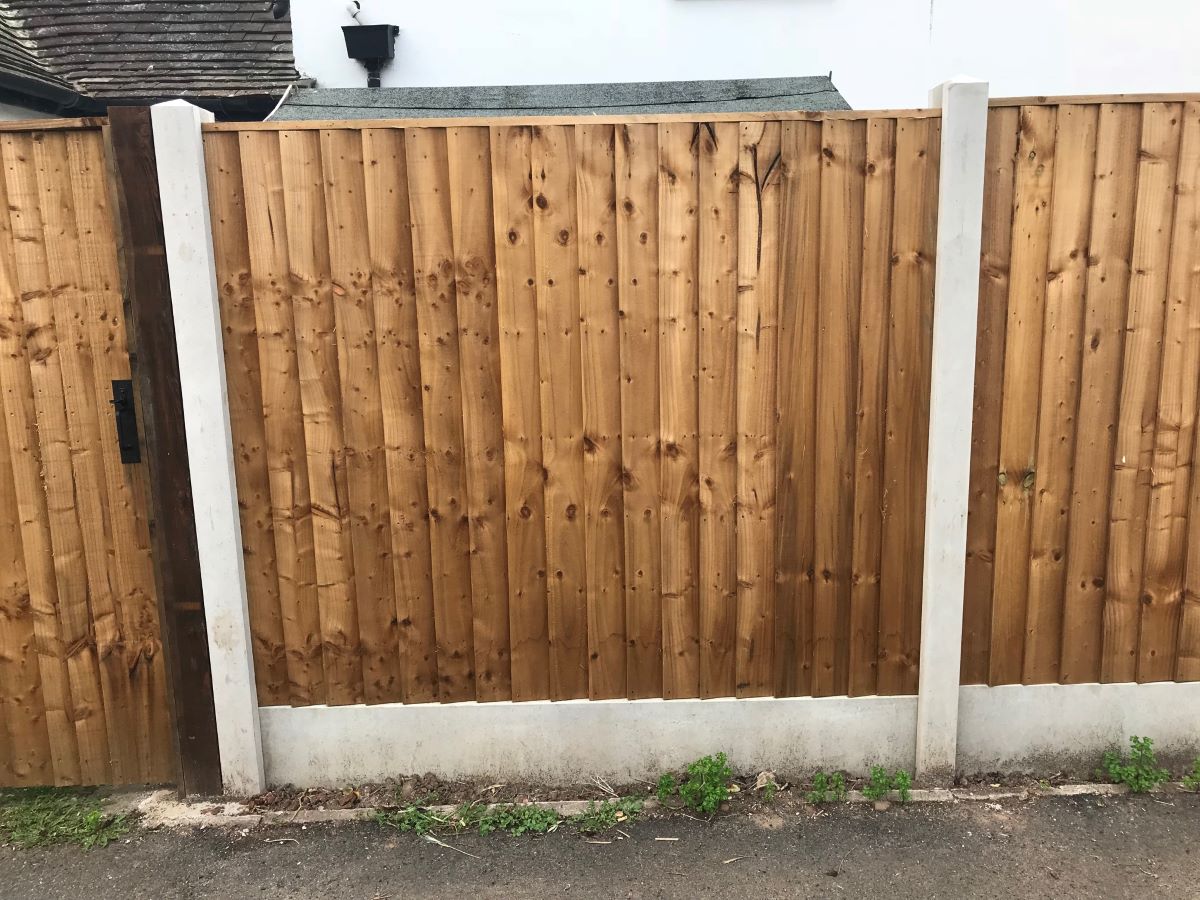
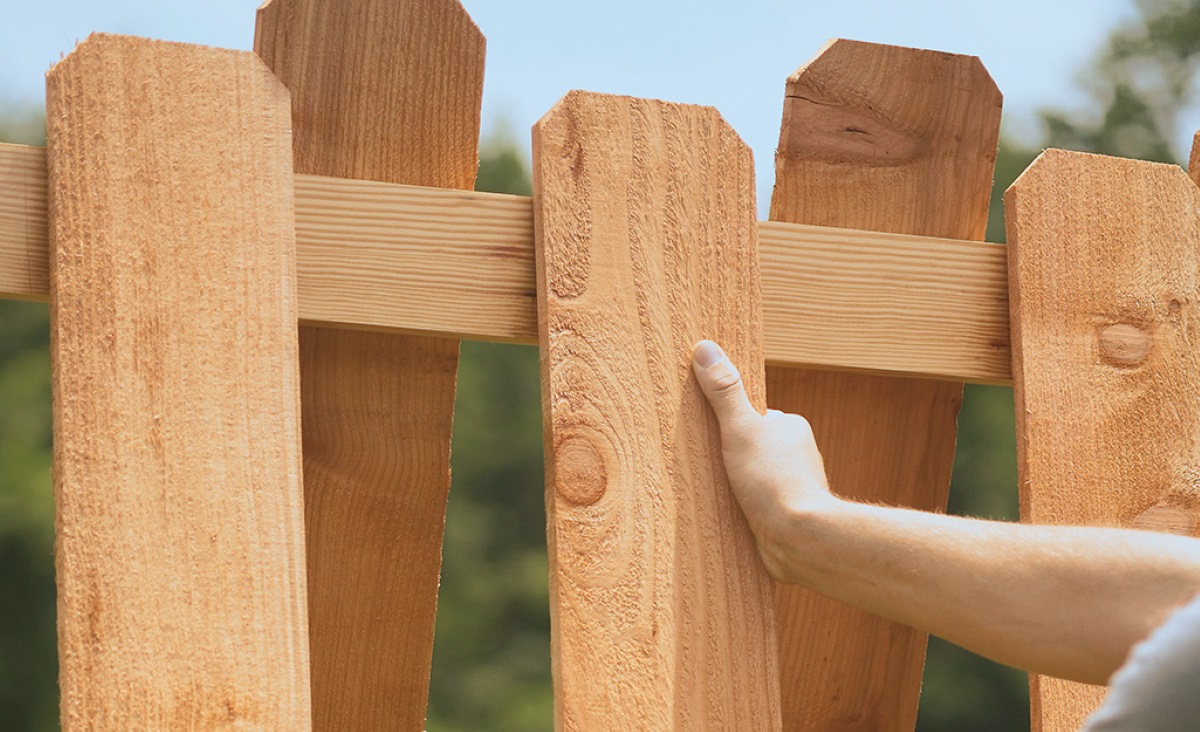
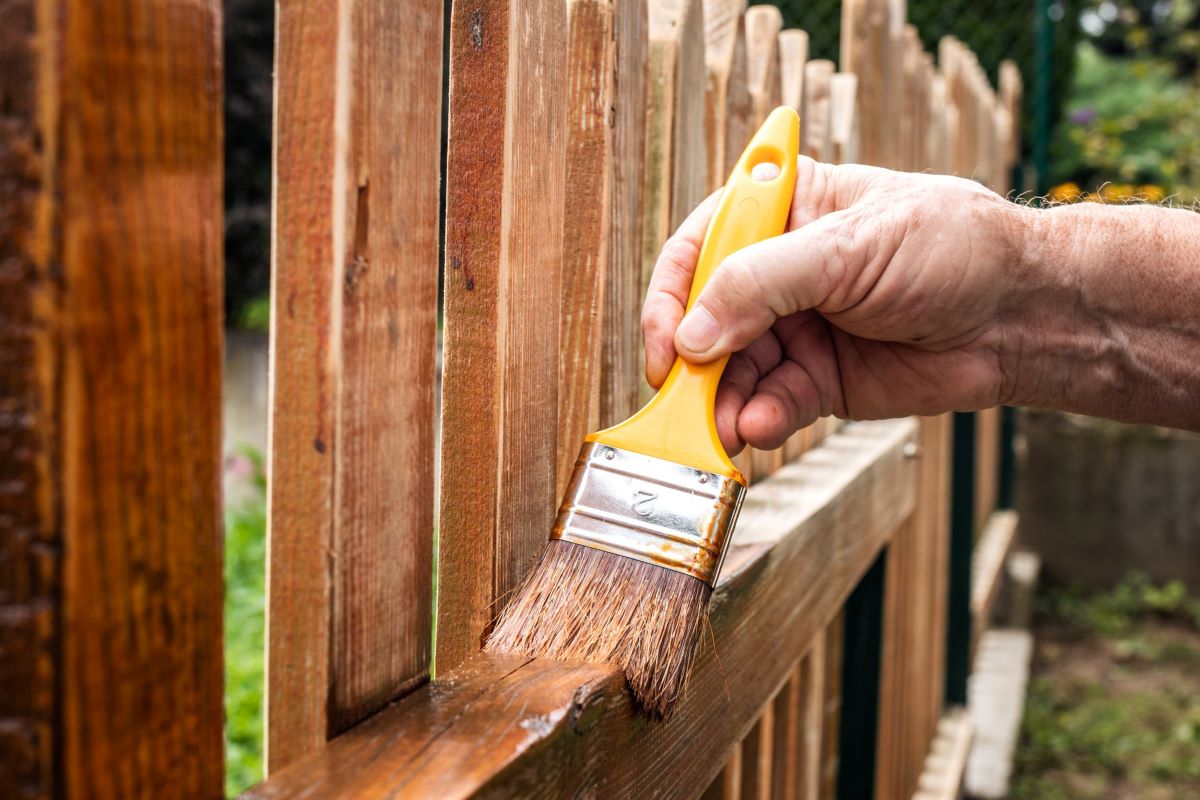
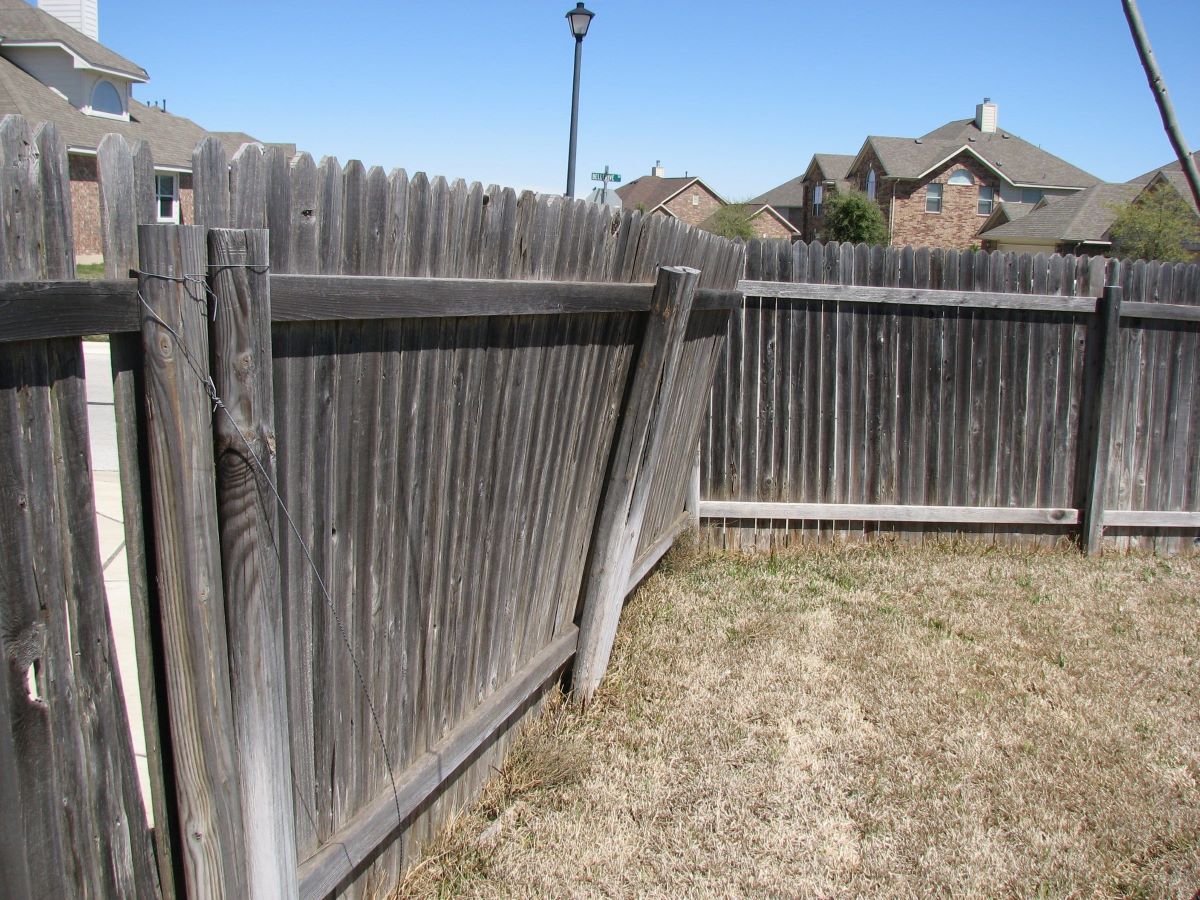
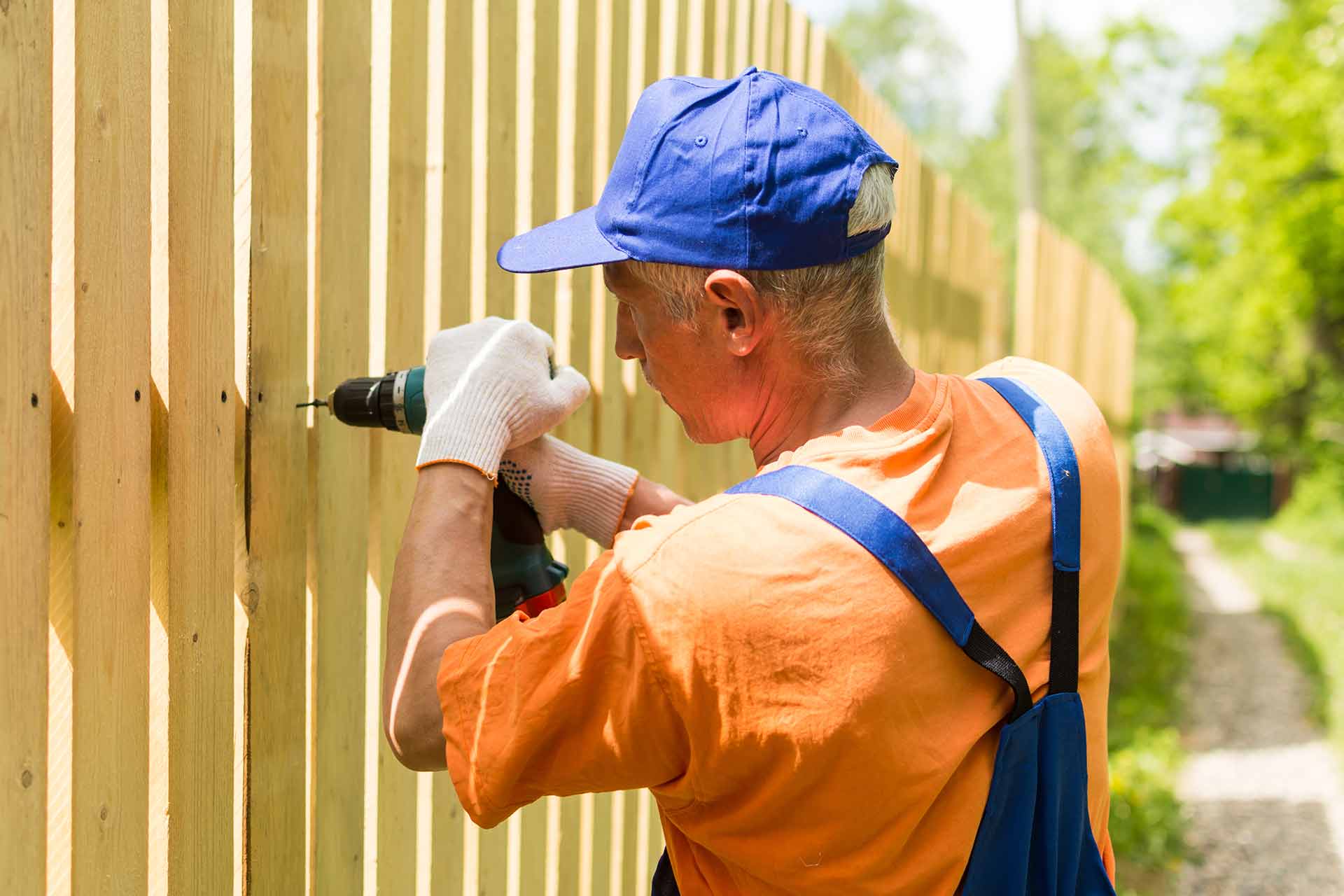
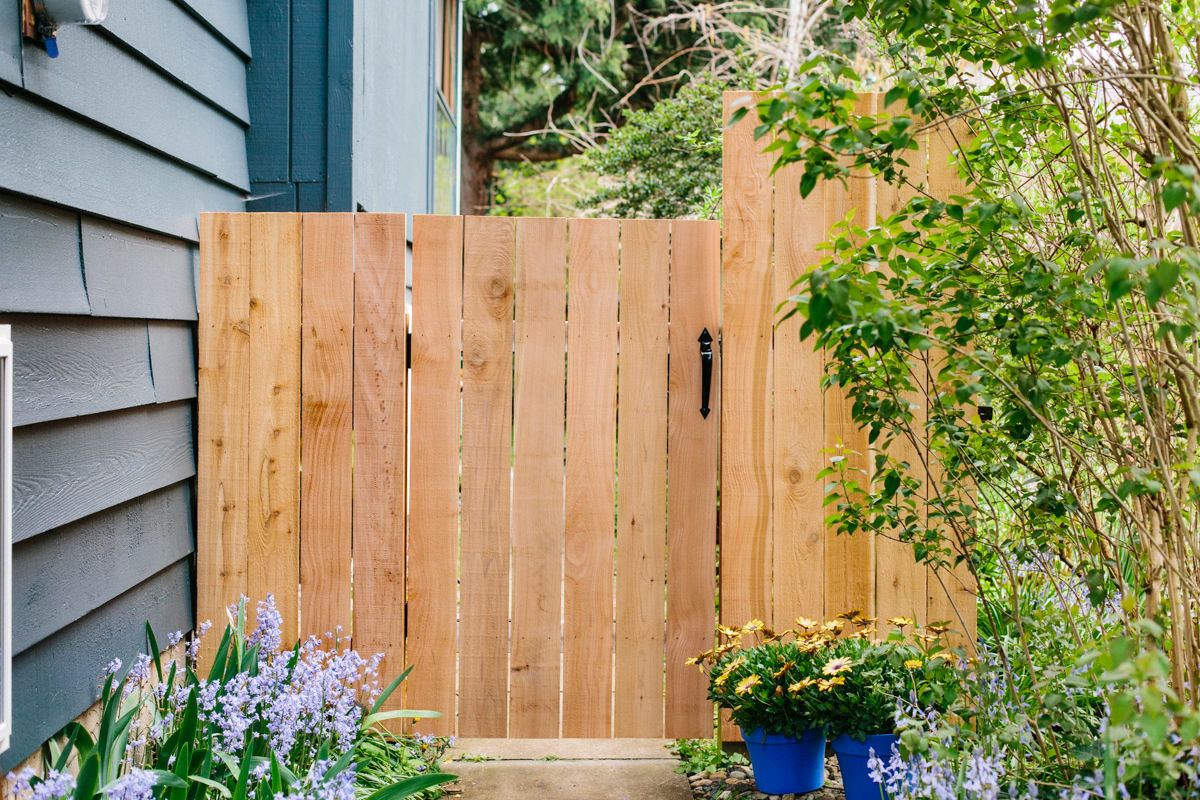

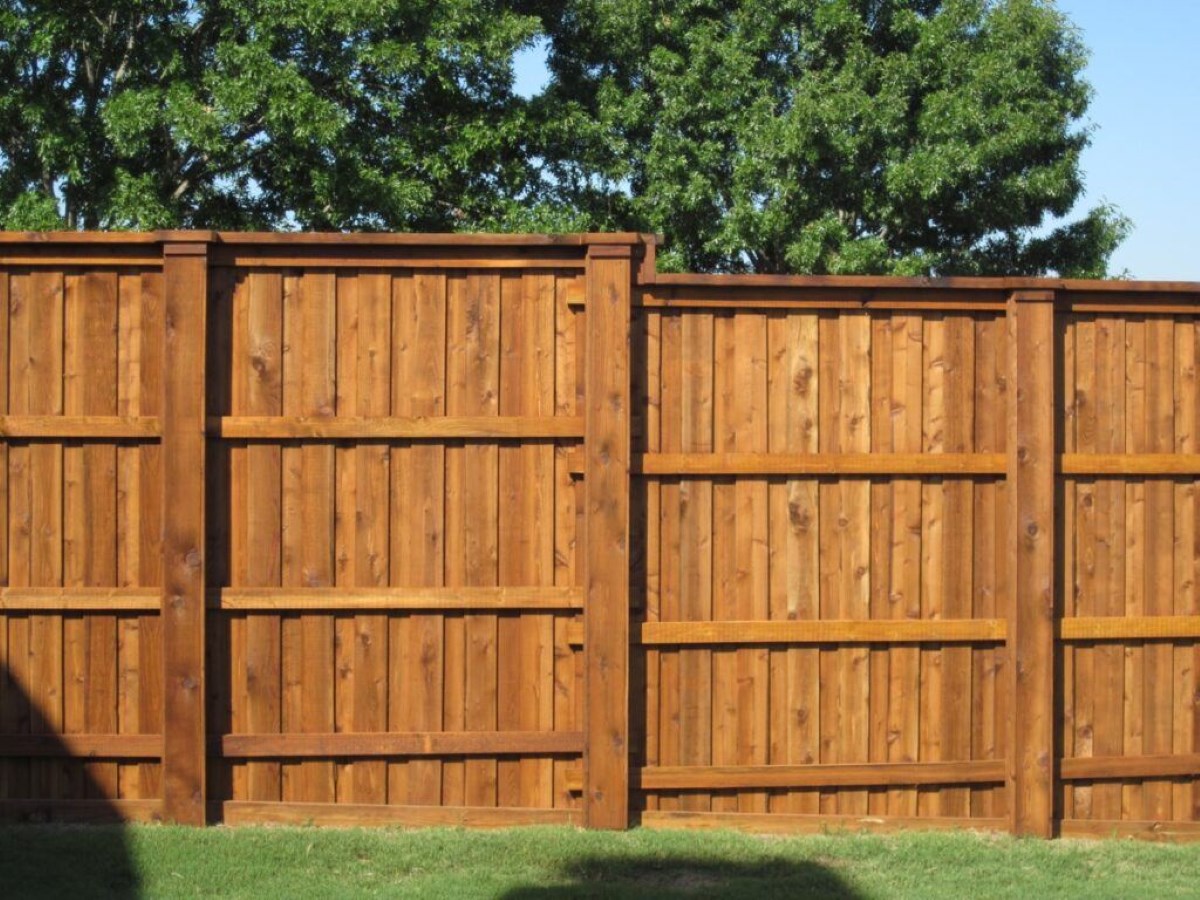
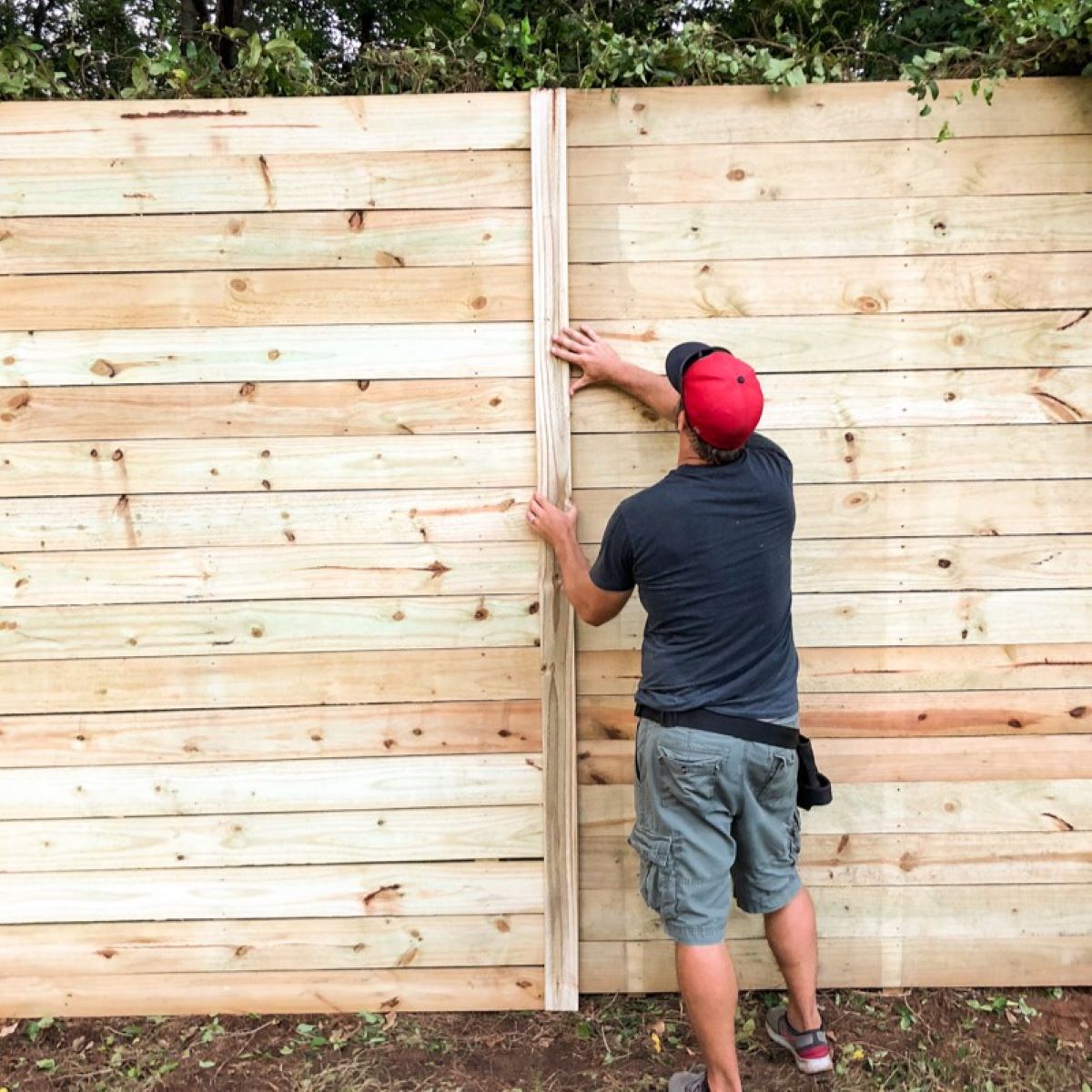
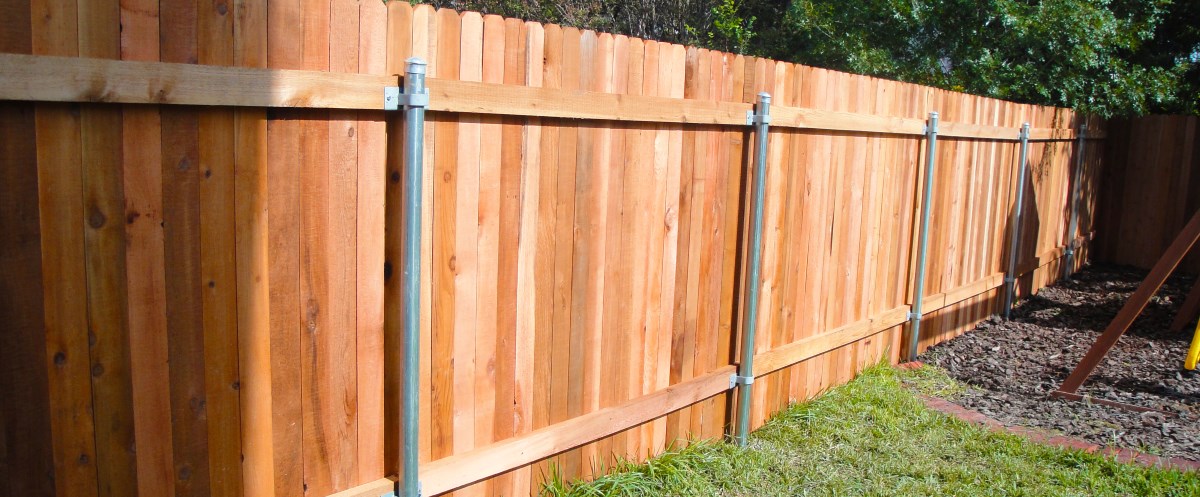
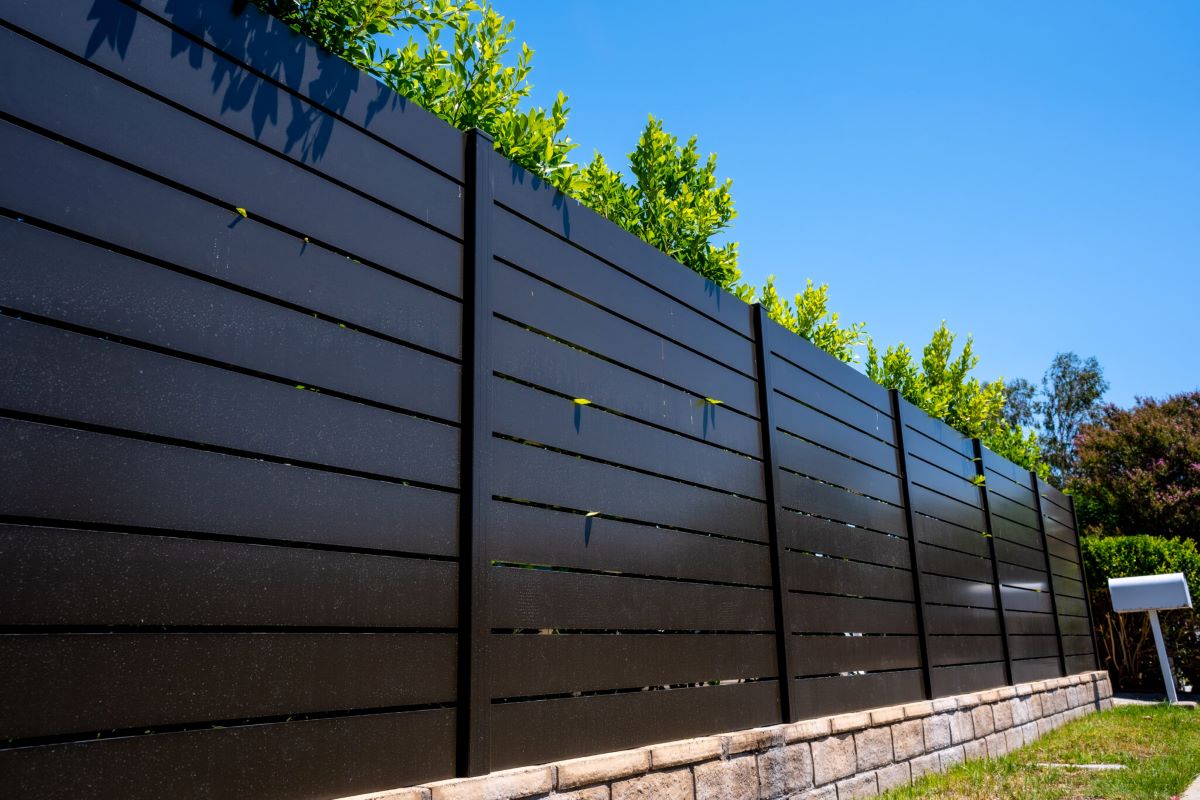
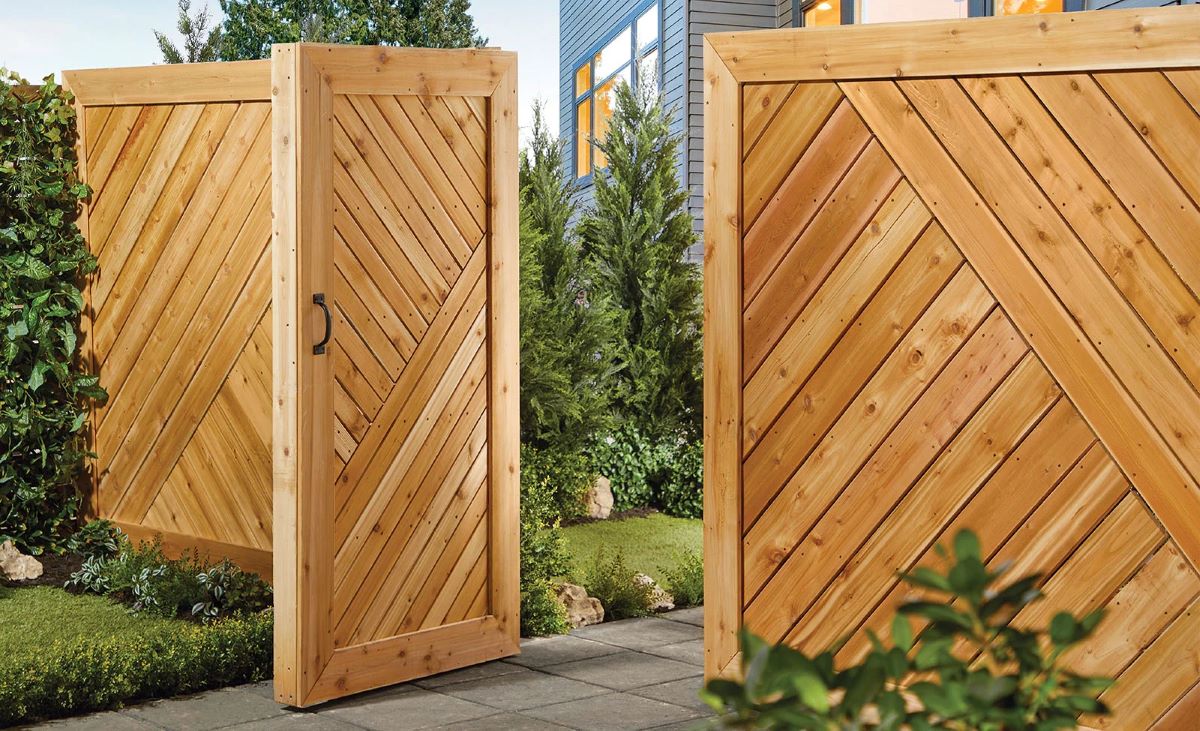
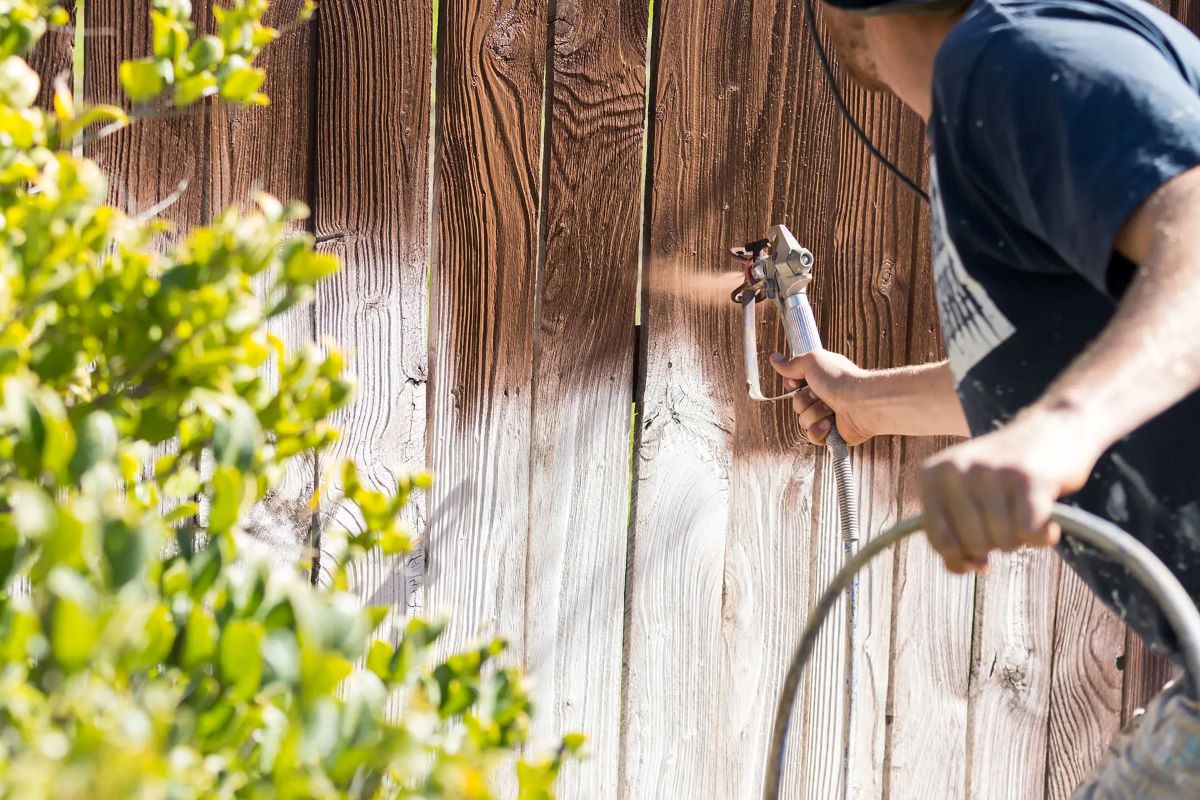
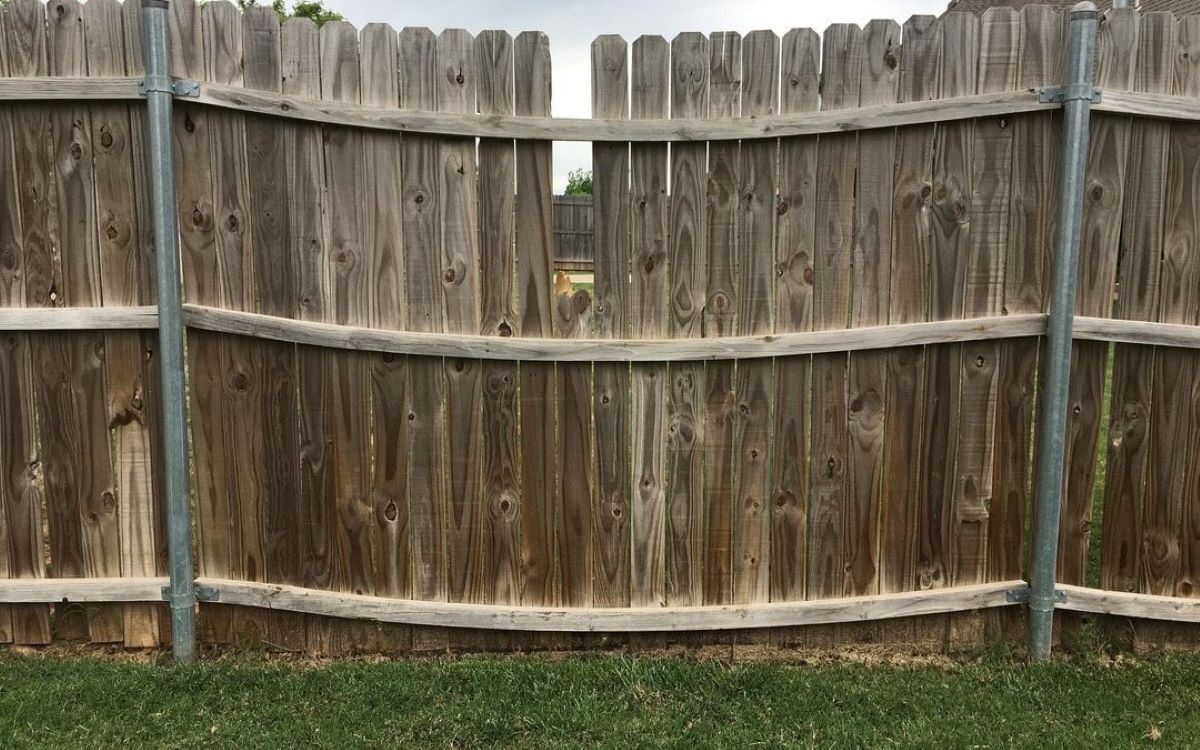

0 thoughts on “How Much Are Wood Fence Panels”